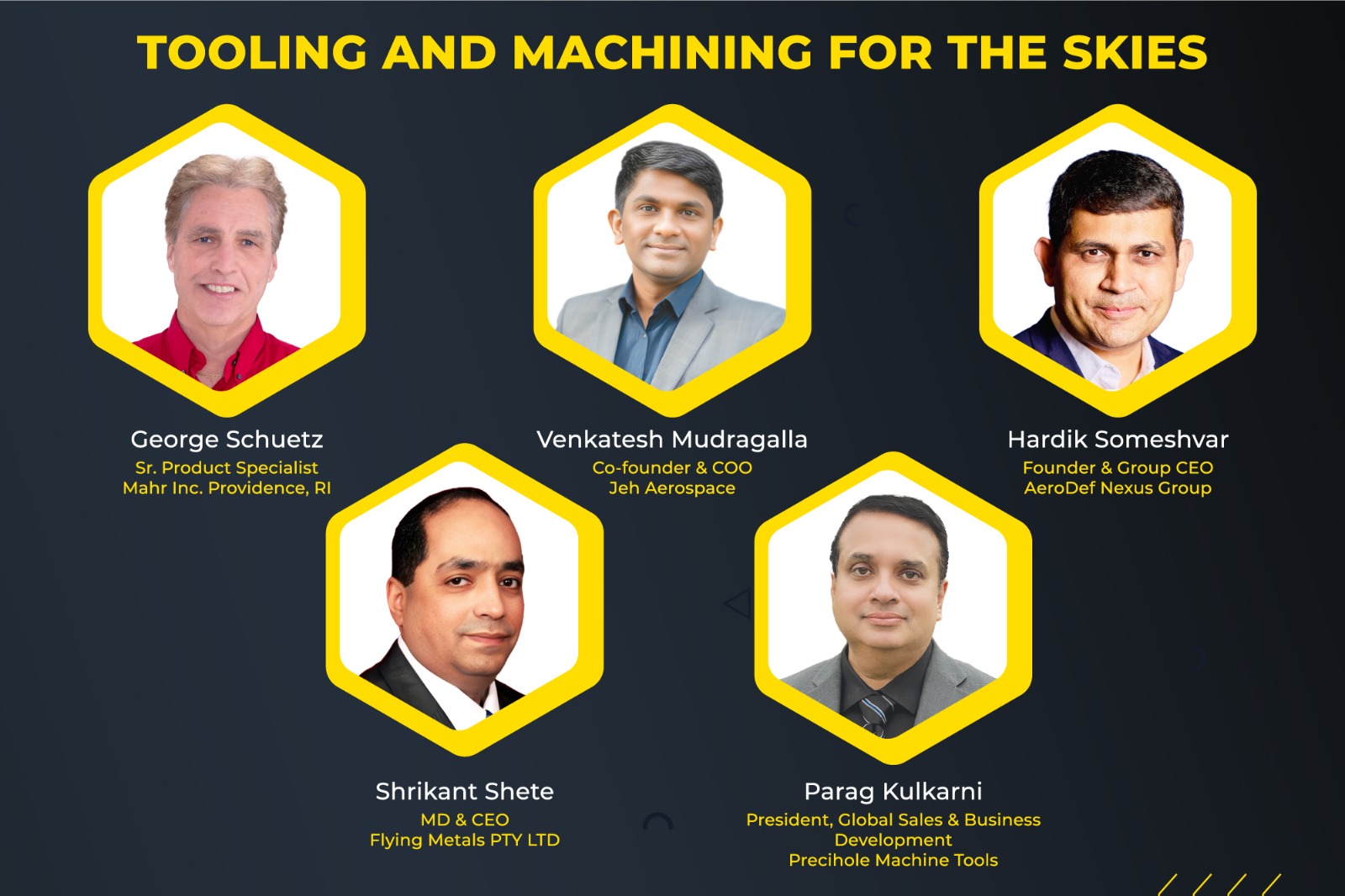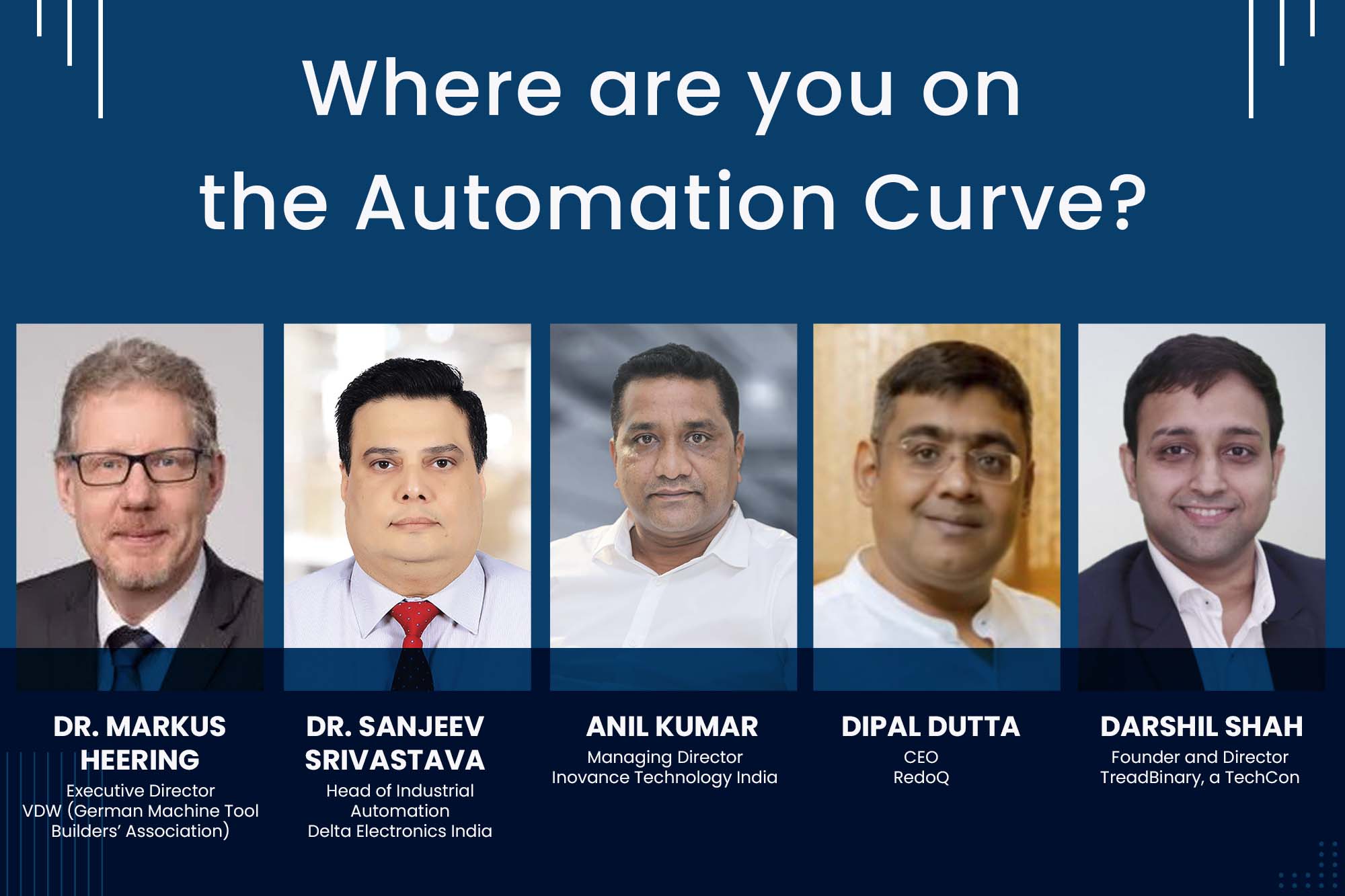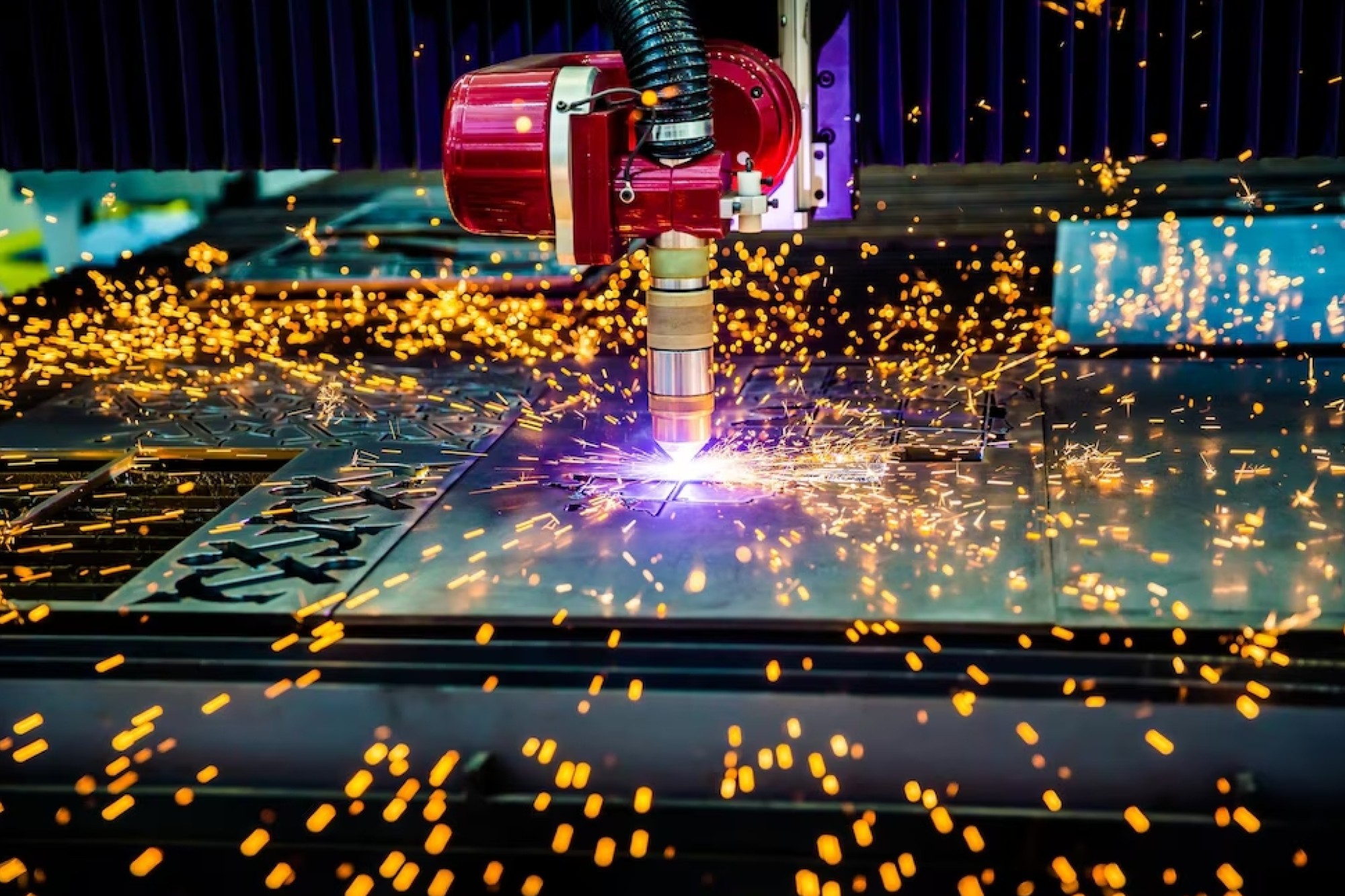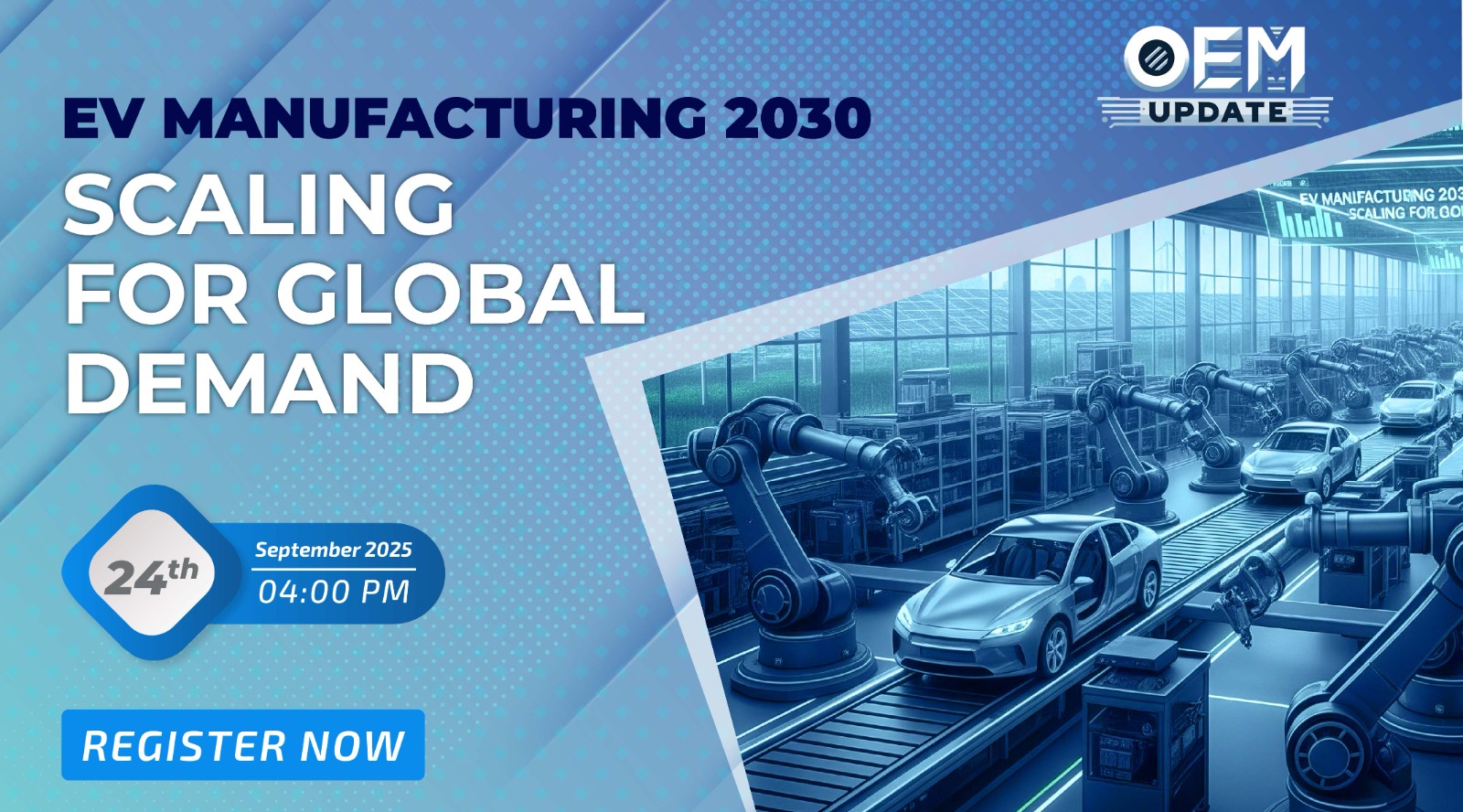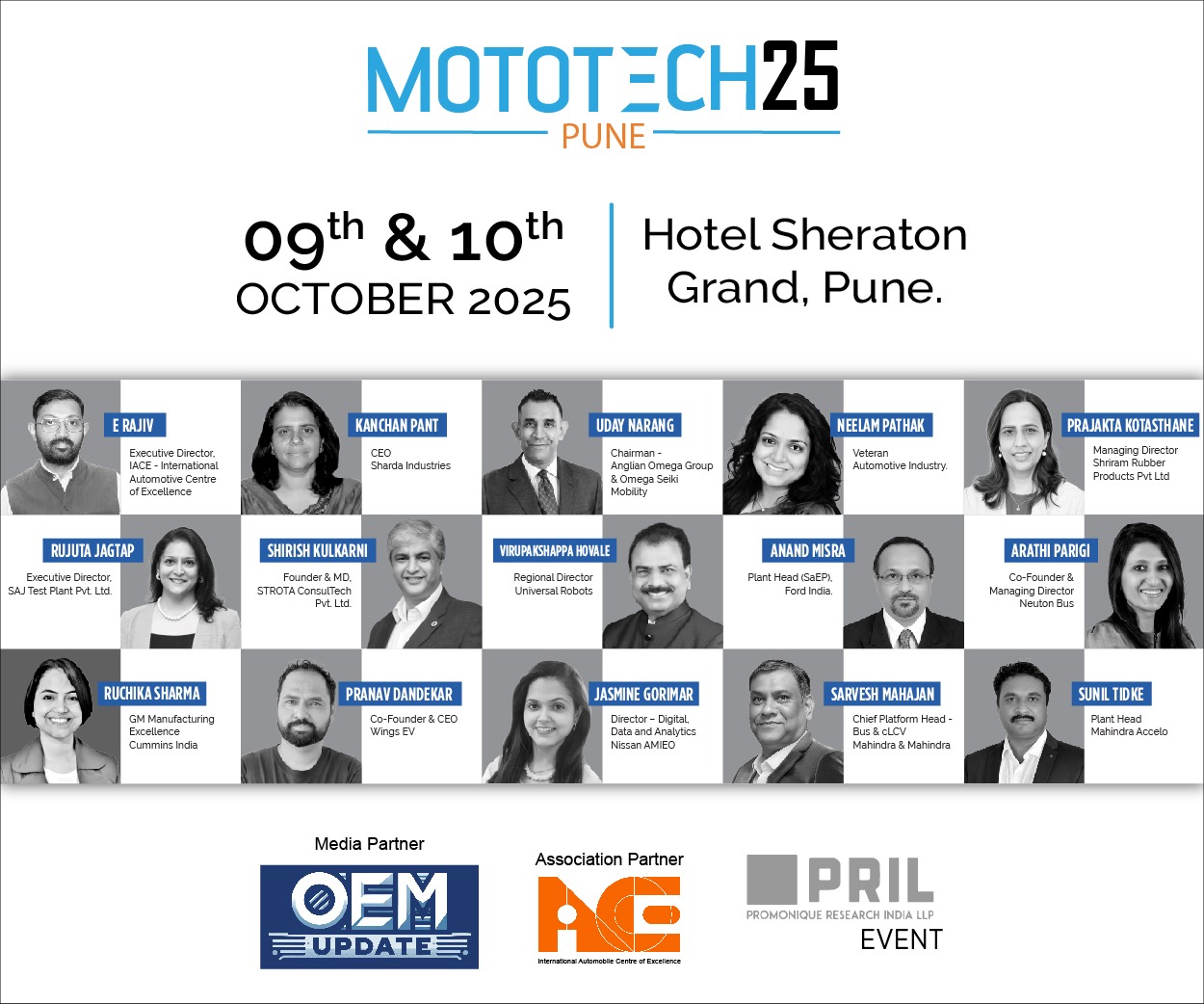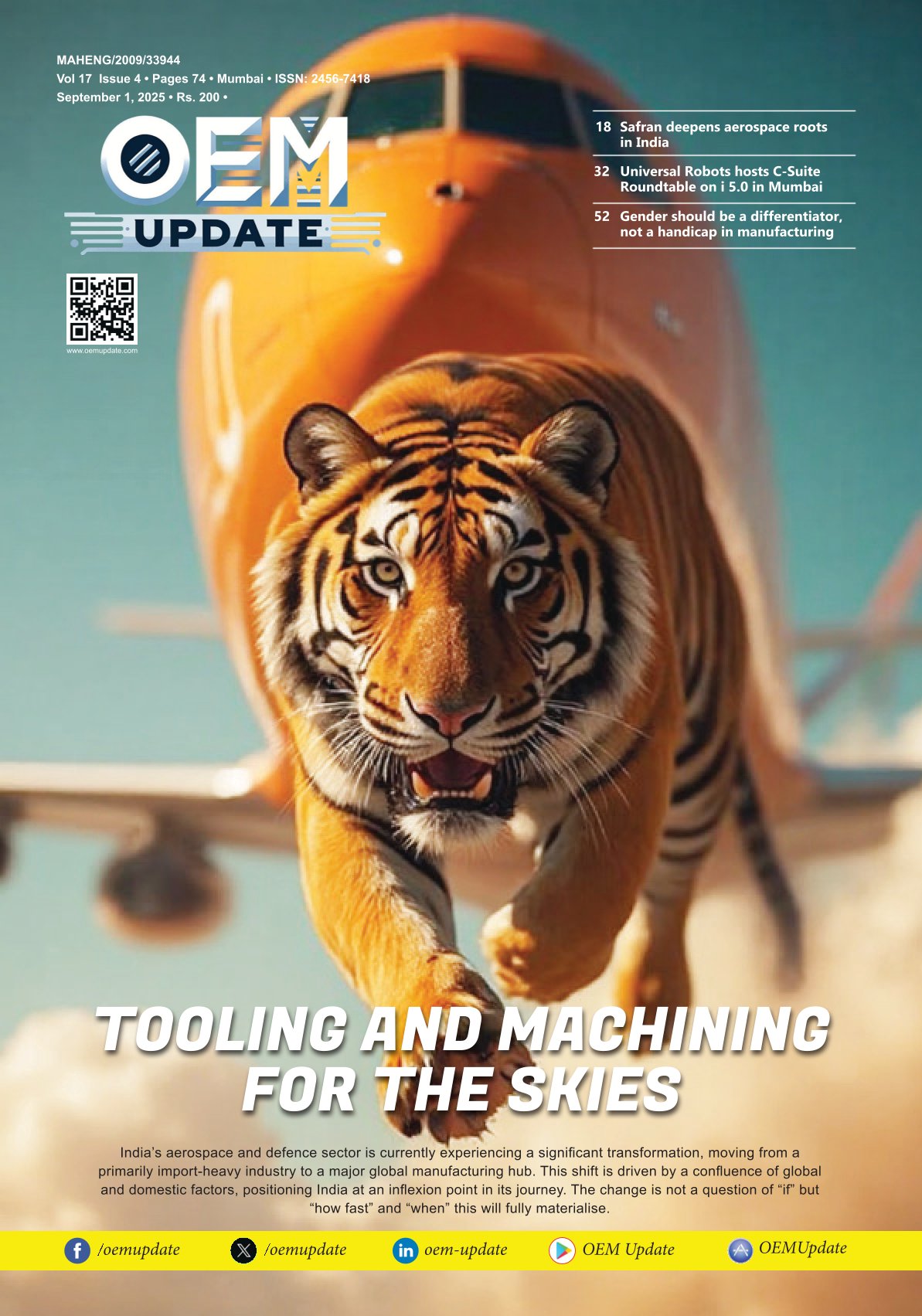CAD/CAM: What’s the right choice?
By admin April 13, 2016 6:08 pm IST
A review on the right kind of CAD/CAM solution for industrial manufacturing and the solutions available
Choice of the right kind of CAD/CAM software is usually need based. End user application plays a vital role in the selection of any CAD/CAM system. If the CAD and the CAM are separated, the CAD domain essentially involves a large part of what used to be “Design Planning and Validation” and a large bit of modelling. The CAM domain involves what used to be “Manufacturing Planning and Simulation or Verification” and a large bit of tool path programming. While the numbers of CAD stations far outweigh the number of CAM stations across the manufacturing world, CAM however, drives the machines in the end.
Right kind of CAD/CAM solutionOn the CAD front, there is a demand for direct modelling and also a paradigm shift from the traditional “parametric or constraint based modelling” to the former. Since most designs or models are now done by teams connected across by a single platform, there is a need to be connected to PLM software. However, most CAD work that goes on in the manufacturing industry relates to design adaptation and design to manufacture, thereby increasing the demand for CAD platforms that can work with either solids, surfaces and polygon mesh models or tribrid modellers as they have come to be known as. The software also has a large focus on providing the user with tools to adapt designs for manufacturing by ‘prepping’ them with various DFM tools. In addition to this, tooling and electrode design continue to be the major demand factors in the complex modelling or design domain. Reverse engineering, which is also a part of the CAD domain is now being offered as part of specialist CAD software, with added functionality, thereby increasing model feature intelligence, via re-engineering.
On the CAM front, there is always a demand to finish the tool path computations at faster times, while maintaining or increasing reliability. “In recent times, due to the focus on advanced manufacturing in India, we have seen an increase in the demand for Multiaxis CAM software to drive 5 axis machines, mill-turns and complex multi-tasking lathes. There is also a good demand for Robotic CAM software, to drive industrial robots for machining operations on large and bulky parts. Since machine tool, CNC controls and cutting tool technologies are evolving at a rapid rate, CAM software are also required to be abreast with these developments. Demands on post processors for complex machine kinematics continue to challenge the depths of this technology,” informs Vineet Seth, Managing Director – South Asia and Middle East, Delcam Ltd.
One of the other factors that CAM requires apart from CAD is technical support. Since the output drives a CNC machine, any downtime means loss in productivity. Therefore, the market also demands a higher than usual hand-holding and technical support to ensure that customers are producing their parts, keeping any downtimes to the bare, unavoidable, minimum.
CAD/CAM is also being used in industries that were earlier traditional and cottage based, such as woodworking and signmaking, jewellery and footwear amongst others. The demand for customised CAD/CAM applications for these domains is expected to keep rising in the coming years.
Manickam, Director, Cad Macro Design and Solutions Pvt Ltd feels, “A best ideal solution would be such that it is user friendly on its industry base which offers unified-flow across all operations of its industry kind. Solution should also be self-explanatory so that knowledge transfer time is reduced. The key is to accomplish more with fewer steps; customisation with less complexity, reduced machine time and man hours, and this is what industry is in need of. Our mission is to provide optimal solutions to meet customers of all levels without sacrificing quality and productivity and also to provide industry best solutions.”
CAD/CAM, 3D printing, digital factory or plant simulation and PLM technologies will find heavy applications in the industrial manufacturing field. A design of any product or tool starts with 3D modelling. This is where 3D CAD software will come into picture. Advanced 3D CAD software can help companies design even the most complex shapes, geometries and finite and intricate features accurately. CAM software will aid companies in precise machining or manufacturing the machineries effectively. Advanced CAM software can enable companies address multiple functionalities such as NC programming, tool path generation, high speed and multi axis milling and many more, which can facilitate them in manufacturing the parts with utmost precision.
Rapid prototyping makes it possible for the companies to build a functional model or part for physical product design validation that includes, ergonomics analysis, fit and form testing, functional testing, visual look and feel analysis, to overall aesthetics and handling of the product. This helps companies address the design errors identified in the physical validation to redesign the product that is more robust, better in performance and with higher appeal. 3D printing these days also finds integral applications in the small batch production area. It helps companies develop parts for end-use applications such as jigs and fixtures, making 3D printing an alternative production technique for limited volume and customised products or parts production.
“With digital factory or plant simulation software, companies can streamline their entire manufacturing process including aligning efficient assembly lines, robotics and ergonomics analysis which can facilitate in configuring smooth and unobstructed workflows by taking into account the due safety measures, to designing a plant layout that ensures optimum utilisation of space and resources. This ensures establishing smooth and unhindered production processes,” observes Raju Battula, National Manager – Technical Support, DesignTech Systems Ltd.
PLM or product lifecycle is another solution that is gaining lot of importance and can be a key to company’s working efficiency. PLM helps optimise the entire design and development cycle of the companies starting from managing the design data, to configuring well streamlined work flows and processes, managing resources, funds and BOMs; to maintaining a repository or archive of all the data and knowledge for further use and ready reference. This can aid in setting up extremely efficient and effective product design and development processes.
These technologies together make for an ideal research and development set-up that can help companies build robust products faster and better than before in a cost effective way. Companies have to leverage these advanced solutions to set-up smart, lean, agile, flexible and optimised work processes to remain competitive in this cut throat market space.
Mobile, cloud and social computing technologies are driving a fundamental shift in computing. “Autodesk is helping its customers transition from a PC-centric world to an environment where, through mobile and cloud technologies, the user is at the computing centre of their world. Our vision is to create a unified technology platform and customer experience in the cloud that can scale to meet the expanding needs of our customers, allowing them to engage in heavily connected, mobile, and social ways they should choose,” says Varun Gadhok, Head – Manufacturing, Autodesk –India and SAARC.
Design has become a more collaborative process. It has become critical that all the contributors to the design workflow access what they need and when they need it via the cloud and have the ability to share their work from anywhere and at any time. Cloud-connected workflows are giving designers and engineers worldwide a significantly better way to work with their colleagues, business partners and customers. According to Gadhok, these workflows are made possible through Autodesk 360, a cloud-based platform that helps improve the way users design, visualise, simulate, and share work with others anytime, anywhere.
Digital prototyping is one of the major innovations that has revolutionised the CAD/CAM industry. By connecting every phase of the design process through a single digital model, digital prototyping solution enables the testing and optimisation of 3D CAD designs, helps to drive innovation, achieve higher quality, and hasten the time to market.
Gadhok adds, “Autodesk’s digital prototyping tools, help industrial machinery manufacturers quickly develop innovative designs. The digital prototyping tools give a complete understanding of risk, total cost, and maintenance requirements which help the user to quickly respond to customer requests while showing up user’s ability to deliver superior results with sales or design automation.”
Delcam’s CAD/CAM solutionsDelcam offers a very broad range of CAD/CAM solutions: 1. PowerSHAPE: A tribrid modeller provides a complete solution for both product design and toolmakers. Whereas designers are primarily concerned with the design of a finished product, often ignoring the features required for manufacturing, mould and toolmakers require a complete model. “Some designers rarely fillet the sharp edges of a model or produce the necessary draft and split surfaces. These time consuming and expensive operations are often left to the toolmaker to produce. With PowerSHAPE all these are made easy, while PowerSHAPE’s powerful geometry creation tools ensure that the initial design can be completed quickly and efficiently. It is also a complete point data manipulation solution, enabling engineers to quickly and accurately bridge the gap between the physical and digital world. PowerSHAPE is quick, simple and interactive, offering even casual users the power to quickly solve engineering problems, from copy milling to feeding free form organic surfaces into the design process,” points out Seth.
2. PowerMILL: It is Delcam’s core 3-, 4- and 5-axis milling product, a stand-alone CAM system that produces NC toolpaths from CAD models quickly, according to Seth. PowerMILL can accept data from any CAD system, via IGES, VDA, STL or a variety of direct interfaces. It is powerful, yet easy to use, and generates roughing and finishing toolpaths which optimise the productivity of CNC machine tools. 2D machining operations such as facing, chamfering and drilling are an integral part of complex 3D projects.
PowerMILL also provides powerful and comprehensive 2D machining functionality. Its 5-axis technologies guarantee superior surface finish quality, eliminate erratic machine motion, and significantly reduce programming times. Making complex operations simple is at the core of PowerMILL’s philosophy. This is particularly true for machining blades, blisks and impellers. PowerMILL’s automated approach allows one to program complex parts efficiently, with minimal effort. Intelligent collision avoidance ensures programs run safely, with no collisions of the tool or holder and avoiding all fixturing and clamps. The PowerMILL robot interface lets one program robots easily as one could program a 5-axis NC machine.
Port machining is a solution for the machining of cylinder heads and other tubular shapes. PowerMILL enables one to program fast, efficient tool paths. PowerMILL’s port machining solution can be used to produce shrouded blisks, impellers and other hollow shapes. PowerMILL’s comprehensive macros, templates, and plugins allow automating specialist processes, or calculating tool paths unattended. Built from the ground up as an open architecture solution, one can customise PowerMILL using templates that are exclusive to a organisation’s manufacturing operations.
3. PowerINSPECT: It is one of the leading hardware-independent inspection software. It can be used with all types of measuring devices, including all major makes of CMM, as well as with portable measuring equipment and machine tools. It provides a single platform for all inspection needs, boosting flexibility and minimising training costs. From manual inspection of simple parts to fully automated inspection of complex profiles and geometry, PowerINSPECT delivers. CAD models can be imported directly into PowerINSPECT allowing the user to select which of the critical dimensions and profiles should be inspected. PowerINSPECT delivers rapid inspection of complex parts and tools by comparing the manufactured item with the 3D CAD model. Its speed reduces inspection down time, minimising disruption to production schedules. PowerINSPECT’s intuitive user interface gives a unique trouble-free user experience when creating CNC inspection sequences. Off-line programming of inspection sequences with full part collision detection reduces the need to tie up the CMM for the creation of inspection sequences.
4. FeatureCAM: It offers in programming automation for production machining. “Introduced in 1995, FeatureCAM was the world’s first windows-based and feature-based milling system. The product range has grown significantly to include turning, wire-EDM, mill-turn packages and feature recognition for imported CAD files,” says Seth.
By programming parts based on features in the CAD model, FeatureCAM streamlines machining and makes it easier to create and edit parts. FeatureCAM provides manual, interactive and fully Automatic Feature Recognition (AFR). It identifies all 2D, 3D, turn, turn/mill and wire EDM features, including features that overlap or intersect. Features are associative with the CAD model so that design revisions are re-machined automatically.
6. FeatureTURN/MILL: It enables both turning and milling features to be created on a single machine one set-up. It incorporates all the options within FeatureTURN and can be used to program 5-axis positioning on B-axis and lathes with C and Y – axis milling capabilities.
7. FeatureMILL3D: It offers a wide range of strategies for conventional and high speed 3D milling. They are all designed to give maximum metal removal rates, while keeping the load on the cutter as constant as possible and minimising any sudden changes in the cutting direction. Novel rest roughing and rest finishing options including automatic multiple tool path strategies ensure the highest possible quality of surface finish is achieved, minimising hand finishing.
8. FeatureWIRE: It is used to automatically create the operations for 2 –axis and 4 – axis wire EDM equipment. It automatically selects the appropriate cutting strategy, retrieves the required parameters from the cutting conditions database, generates the tool path, creates the NC code and provides a simulation of the complete process.
9. PartMaker SwissCAM: It is a system that defies comparison in automating the programming of multi-axis, sliding headstock swiss-type lathes. PartMaker SwissCAM has an intuitive visual approach to speed up the programming of the complete range of parts made on a Swiss-type lathe, from the most basic turned part to the most complex component with a number of turned and milled features. PartMaker applies a patented visual programming approach with “divide and conquer” programming strategy to simplify the programming of CNC Swiss-type lathes. The software helps the operator break a complicated part surface into a set of planes or faces. Machining tasks, such as turning, plane milling and cylinder milling are carried out separately for each face in an intuitive manner. PartMaker SwissCAM helps program virtually any sliding headstock Swiss-type lathe, faster and more easily than before.
With PartMaker SwissCAM’s visual synchronisation approach, one can automatically synchronise multiple tool posts and spindles to achieve the most efficient cycle time for a particular machine. “PartMaker SwissCAM generates all “wait” and “sync” codes and places them in the correct location in the NC code. It calculates a cycle time for each operation on a part. A graphical time chart displays a total part cycle time taking into account the synchronisation strategy used on a part so you can see how much cycle time is being saved. Here one can perform “what if” scenarios based on your machines’ capabilities to reduce cycle time even further,” explains Seth.
PartMaker allows simulating the cutting of a part in a visual 3D simulation. The 3D simulation assures that the part will be machined correctly and without any costly tool collisions. It supports the programming of virtually every CNC Swiss-type lathe built. PartMaker SwissCAM post processors are specially developed for each Swiss machine based on their unique architectures and programming requirements. This software is used in the medical and electronics industry.
CAD Macro’s CAD/CAM solutionsCAD Macro offers CAD/CAM solutions for industries like WireEDM (2D, 3D), lathe turning, milling, auto dimension, press tool design and other few customised solutions.1. MacroWire: WireEDM post processing techniques which will suit the programming needs of supported machine manufactures like Mitsubishi, Makino, Mitsu, Sodick, YCM, Joemers, Chmer, Elect.
2. MacroLathe: Turning solution with customised post processing technique for controllers like Fanuc, Siemens, Fagor. Employs optimal cutting strategy to reduce the machining time.
3. MacroAuto-dimension: Mould industry solution for auto detailing process which will reduce tremendous amount of man hours and enhances productivity.
4. MacroDesign: Press Tool industry solution for various punching technique analysis, detailing which in turn also reduces man hours and enhances productivity.
Autodesk’s CAD/CAM solutionsAutodesk delivers Computer-Aided Manufacturing (CAM) solutions to a broad range of users, from designers and engineers to expert CNC programmers, regardless of their CAD tool of choice. HSM works and Iinventor HSM software are integrated CAM solutions offerings from Autodesk. Whether it is about producing prototypes or finished parts, these products put the designers in control by delivering:• Integration: Seamless integration with inventor 3D CAD software and Solid Works offers an intuitive user experience.• Performance: Native multicore, 64-bit CAM engine makes easier work of the most demanding tool path calculations and post-processing jobs.• Quality: Efficient tool paths reduce cycle time, reduce machine and tool wear, and produce the highest-quality finished parts.
“Autodesk has made CAM in the cloud a reality with the help of Fusion 360. Our CAM tools are now completely integrated inside Fusion 360, enabling the next generation design-to-manufacturing workflow. Fusion 360 allows the user to take advantage of collaboration tools and shared data storage with unparalleled ease-of-use and flexibility when creating programs for milling machining projects. It is a multi-platform solution that truly transcends the limitations associated with traditional desktop workflows,” informs Gadhok.
DesignTech’s CAD/CAM solutions“DesignTech Systems is the only platinum partners for Siemens Industry software in India. We offer enterprise solutions of Siemens which include NX CAD, NX CAM, NX CAE, Tecnomatix (digital plant simulation software) and Teamcenter PLM. Additionally, we are also an exclusive partner of Altair Engineering in India for their HyperWorks and other CAE suites of solutions. We are also amongst the largest partners of Stratasys 3D Printing solutions in India. Moreover, we have recently signed up with Metal 3D printing company from Germany, SLM as their Value Added resellers in India,” informs Battula.
DesignTech is also partners with ESI as their distributors for casting and welding simulation software solutions. With such comprehensive solutions and technologies offerings, the company addresses technology needs at every stage of product lifecycle starting from product design, product design analysis and simulation, physical validation and 3D printing, to digital plant simulation and PLM.
The company is also a known name in providing engineering and product design and development services.
—————–We offer enterprise solutions of Siemens which include NX CAD, NX CAM, NX CAE, Tecnomatix (digital plant simulation software) and Teamcenter PLM.
Raju Battula, National Manager – Technical Support, DesignTech Systems—————-
—————-The digital prototyping tools give a complete understanding of risk, total cost, and maintenance requirements.
Varun Gadhok, Head – Manufacturing, Autodesk –India and SAARC—————
—————Demands on post processors for complex machine kinematics continue to challenge the depths of this technology
Vineet Seth, Managing Director – South Asia and Middle East, Delcam Ltd—————
—————-A best ideal solution would be such that it is user friendly on its industry base which offers unified-flow across all operations of its industry kind.
Manickam, Director, Cad Macro Design and Solutions Pvt Ltd
Cookie Consent
We use cookies to personalize your experience. By continuing to visit this website you agree to our Terms & Conditions, Privacy Policy and Cookie Policy.




